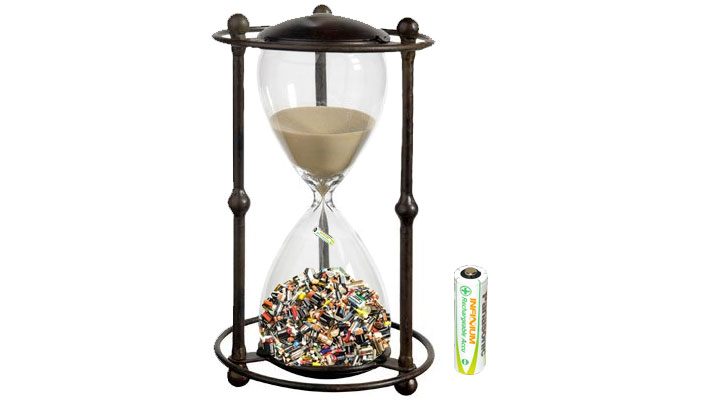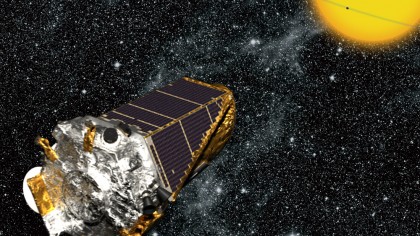3D-printed nanobatteries could solve power-hungry gadget woes
Smaller is always better (because you can fit more of them in, of course)

Science never ceases to amaze, and this Week in Science is no exception. From the discovery of a strange new subatomic particle that could change the way we look at matter forever, to the answer to your horrendous bad hair day, new super-capacity batteries made out of wood, oh, and Batman's sonar phone made real -- we've got it all this week.
3D printing could hold the answer to our tiny battery needs -- The 3D printing movement is on a warpath, attempting to revolutionise pretty much everything going. Now, as seen in this Vimeo video, batteries could be the next big thing to benefit from instant, nanoscale fabrication.
Researchers from Harvard have been able to 3D print incredibly small batteries the size of a grain of sand. The machine uses a lithium paste, which is then hardened to form microscopic electrodes. They're then dumped into a larger volume of electrolyte, forming a tiny cell, which rivals the durability, recharge rates and power density of current mobile phone batteries. The tiny batteries can then either be combined in number into a large cell, or provide power for miniature devices like the kinds being developed for insertion into the human body. [Harvard]
Reports of Kepler's death have been greatly exaggerated -- Kepler, our most prolific planet hunting space telescope, could be given a new lease of life, despite the failure of its precision aiming equipment powered by its now-crippled set of reaction wheels.

According to a couple of positive-thinking astronomers, Kepler could take up microlensing in its semi-retirement. Instead of focussing on planets circling stars in the so-called Goldilocks zone using its traditional method of studying planet transits across stars, microlensing is used to detect planets much further way from their stars. That would give Kepler a new mission but, like everything these days, there's apparently an issue of cost. As Kepler was never designed to use microlensing and would require modification, a fresh mission with new equipment might cost less in the long run. Still, it's an option if NASA can't quite manage to coax one of the ageing planet hunter's reaction wheels back into action. [arXiv]
Physicists find weird new subatomic particle -- The very rules of matter as we know it might need to change. Researchers, in the process of analysing a new particle discovered back in 2005, have found a strange new kind of subatomic particle seemingly made up of four quarks.
The thing is, normally subatomic particles like neutrons and protons are made up of two or three quarks bound together with gluons, but never four, or at least, it was presumed to never be four. Unfortunately, the novel subatomic particles only exist for less than 10^-23 seconds at a time, so the only way forward is to keep smashing electrons into positrons and studying the fleeting resulting particles over and over -- a tedious task at best. However, should the results confirm that we have indeed found a subatomic particle made of four quarks, we'll have to completely change the way we think about matter for good. [APS]
Get daily insight, inspiration and deals in your inbox
Sign up for breaking news, reviews, opinion, top tech deals, and more.
Batman's sonar phone is real -- Using a brand new advanced algorithm, coupled with a few microphones dotted around the place, researchers can now map out a room using echolocation just like Batman's phone did in The Dark Knight.

By treating echoes from walls as a mirror image of the initial sound, the researchers are able to map out a room just like a bat or dolphin would, almost instantly from a simple clap or click of the fingers. The applications are endless for this kind of simple to execute echolocation, from finding the precise position of gunmen using recordings of gunshots, to finally fully eradicating echo from phone calls and providing enhanced indoor location data for our apps and games. [PNAS]